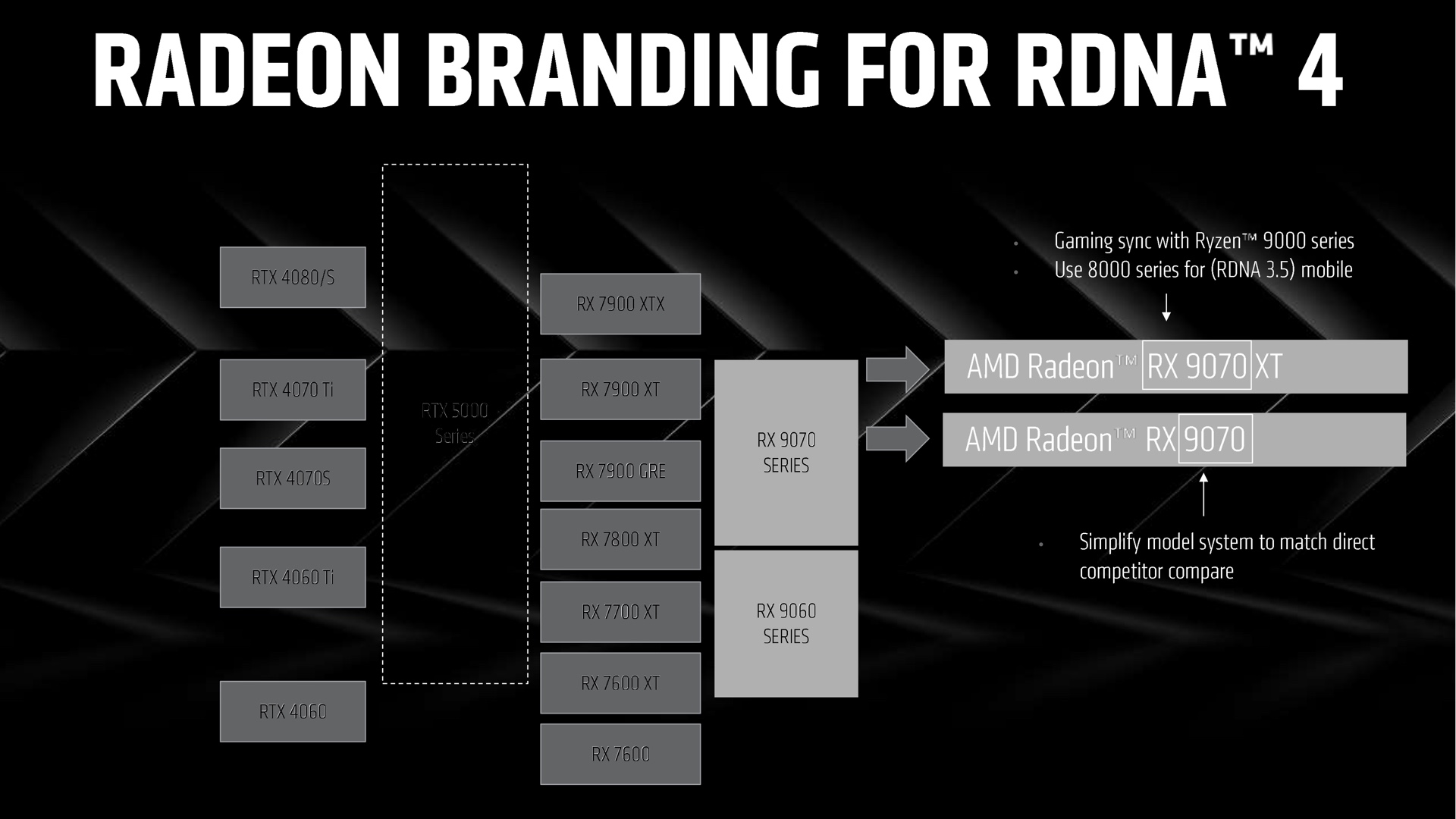The GeForce RTX 5090 and 5080 are both very fast graphics cards—if you can look past the possibility that we may have yet another power-connector-related overheating problem on our hands. But the vast majority of people (including you, discerning and tech-savvy Ars Technica reader) won’t be spending $1,000 or $2,000 (or $2,750 or whatever) on a new graphics card this generation.
No, statistically, you (like most people) will probably end up buying one of the more affordable midrange Nvidia or AMD cards, GPUs that are all slated to begin shipping later this month or early in March.
There has been a spate of announcements on that front this week. Nvidia announced yesterday that the GeForce RTX 5070 Ti, which the company previously introduced at CES, would be available starting on February 20 for $749 and up. The new GPU, like the RTX 5080, looks like a relatively modest upgrade from last year’s RTX 4070 Ti Super. But it ought to at least flirt with affordability for people who are looking to get natively rendered 4K without automatically needing to enable DLSS upscaling to get playable frame rates.
| RTX 5070 Ti | RTX 4070 Ti Super | RTX 5070 | RTX 4070 Super | |
|---|---|---|---|---|
| CUDA Cores | 8,960 | 8,448 | 6,144 | 7,168 |
| Boost Clock | 2,452 MHz | 2,610 MHz | 2,512 MHz | 2,475 MHz |
| Memory Bus Width | 256-bit | 256-bit | 192-bit | 192-bit |
| Memory Bandwidth | 896 GB/s | 672 GB/s | 672 GB/s | 504 GB/s |
| Memory size | 16GB GDDR7 | 16GB GDDR6X | 12GB GDDR7 | 12GB GDDR6X |
| TGP | 300 W | 285 W | 250 W | 220 W |
That said, if the launches of the 5090 and 5080 are anything to go by, it may not be easy to find and buy the RTX 5070 Ti for anything close to the listed retail price; early retail listings are not promising on this front. You’ll also be relying exclusively on Nvidia’s partners to deliver unadorned, relatively minimalist MSRP versions of the cards since Nvidia isn’t making a Founders Edition version.
As for the $549 RTX 5070, Nvidia’s website says it’s launching on March 5. But it’s less exciting than the other 50-series cards because it has fewer CUDA cores than the outgoing RTX 4070 Super, leaving it even more reliant on AI-generated frames to improve performance compared to the last generation.
AMD also has March plans
That’s where AMD comes in. AMD’s GPUs have been very successful in game consoles and handheld PCs, including the PlayStation 5, Xbox Series S and X, and the Steam Deck, but in the standalone PC graphics business, AMD has been relegated to a seemingly permanent second-banana status. However, a weak-looking 5070 and poor availability for all of Nvidia’s GPUs so far give the company an opening for its upcoming Radeon RX 9070 and 9070 XT.
AMD announced yesterday that it would be talking about more details for its next-generation GPUs on February 28 ahead of an “early March” launch, right around the same time that Nvidia is going live with the RTX 5070.
AMD hasn’t released as many specs about the RX 9070 and 9070 XT as Nvidia has about the upcoming 50-series GPUs—the main thing we know about them is that AMD has tweaked its model numbers to be more directly comparable to Nvidia’s. But the cards promise improved ray-tracing performance and ML-backed FidelityFX Super Resolution upscaling that could help close the quality gap between FSR and DLSS.

Current rumors for the 9070 XT suggest a core count (4,096) somewhere between the last-generation RX 7800 XT and 7900 XT, plus 16GB of GDDR6 RAM on a 256-bit memory bus. The RX 9070 has fewer cores (3,584, slightly fewer than the 7800 XT) but the same amount of RAM and bus width. That suggests both cards could offer respectable entry-level 4K performance, something AMD CEO Lisa Su hinted at during the company’s most recent earnings call.
But whether AMD can capitalize on Nvidia’s apparent weakness depends on a list of “ifs” as long as the line of people camping outside a Micro Center to buy a 5090. The 9070 series could succeed if AMD can match or undercut Nvidia on price while providing the same or better speeds, if AMD can fix its longstanding performance deficit in ray-traced games, if you can actually walk into a store or hit up Newegg and buy the new GPUs for the announced price, and if the cards can catch up to Nvidia a bit on power efficiency and upscaling quality. We should know a bit more about all of this in a couple of weeks.